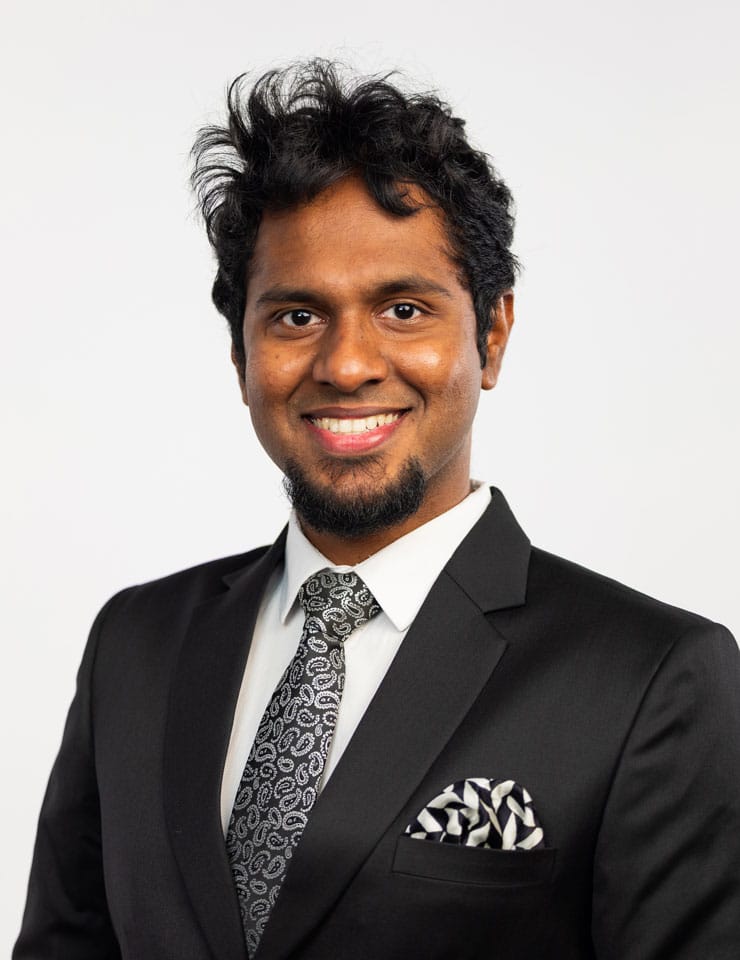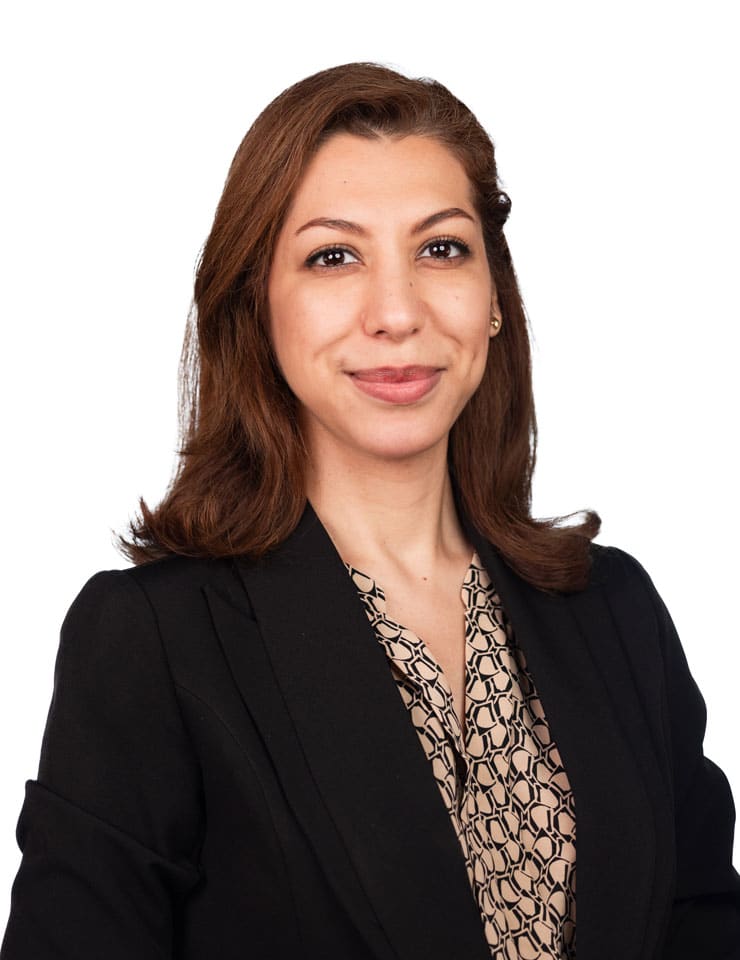Editor’s note: a fourth student, Tannaz Azadi, was given an award after the initial announcements and her information was added to this article Jan. 16, 2025.
Four College of Communication and Information doctoral students received fall 2024 Graduate Student Research Awards from the University of Tennessee, Knoxville’s, Graduate School. These awards are intended to not only support the students’ work but also gives them experience in writing grants and enhances their relationships with faculty.
The four PhD students are:
- Scott Greeves: awarded $2,000 for Integrating cultural theory into ecosystem service research: A case study of the Tennessee River
- Shreenandan Rajarathnam: awarded $1,500 for Developing a NIST CSF-based usable security community profile
- Qinran Li: awarded $1,440 for Eating disorder literacy and warning level on mitigating the negative impact of fitspiration content: The role of fear appeal
- Tannaz Azadi: awarded $1,800 for “Societal Dimensions of Middle Eastern Accented User Interactions with Voice Assistants.”
Scott Greeves
Greeves came to UT with an undergraduate degree in geography and climate change and a master’s in biology and is pursuing a concentration in journalism and media. His research combines expertise in hard sciences with communication skills to create data-backed science communications that could impact public policy.
The project Greeves will apply his research award funding to is the final chapter of his dissertation, which will examine the relationship between people’s core values and their perceptions of ecosystem services—the benefits people get from nature.
While the research literature focuses on measuring people’s ecosystem service preferences, it rarely seeks to understand the “why” behind their preferences, he said.
“It’s important that we develop theoretically robust understandings of why people hold certain preferences towards nature’s benefits,” he said. “By accounting for people’s values, we can better understand how policies resonate with not just people’s immediate preferences but also their more deeply held value-led reasoning.”

Greeves hopes to gather data on participants’ ecosystem preferences and their core values to establish an empirical relationship between the two and uncover some of the “why” behind their preferences. The idea is that understanding their motivations will help create better communication and policies that appeal to people’s core values. Greeves is using a specific case study to test his hypothesis.
“I’m using that to tackle a local issue, the pollution of the Tennessee river, which is one of the most polluted rivers in the world. Particularly in terms of plastic pollution it has one of the highest counts of macro and microplastics anywhere in the world, and these are dangerous to wildlife and people. How can I use my idea of values and ecosystem services to engage people?” Greeves asked.
He will use his funds to recruit a public sample of people who live along the river in the Knoxville area and survey them on their ecosystem preferences, their policy preferences, and their risk assessments of pollution.
Social assessments in ecosystem service research and plastic pollution in freshwater are two under-researched areas, he said. This research could provide insight on how to motivate and inform communities that have a certain ecosystem preference to collaborate as environmental stewards, even despite potential conflicting values.
Shreenandan Rajarathnam
Rajarathnam’s research, funded by this award, will address a gap in industry standards regarding cybersecurity user experience (UX). The National Institute of Standards and Technology (NIST) has published Community Profiles as implementation guidance based on the NIST Cybersecurity Framework (CSF). These profiles are tailored to specific industry sectors and use cases, such as the manufacturing sector or for ransomware mitigation. However, there is no Community Profile focused on integrating UX into cybersecurity, which is the goal of Rajarathnam’s research.
Rajarathnam is interested in one facet of information sciences, UX. UX determines how usable and effective a digital platform is for its intended audience, and in this case, Rajarathnam wants to create a CSF Community Profile that will help guide professionals who use cybersecurity tools in organizational settings.
“Good cybersecurity and good UX is typically a trade-off, and a lot of people find it frustrating,” he said, then he referenced a quote from a Department of Homeland Security 2009 publication that states, “In the absence of usable security, there is ultimately no effective security.”
Rajarathnam’s study will involve surveying 200-400 cybersecurity professionals in the United States, followed by in-depth interviews with 15-30 participants from the survey pool. Rajarathnam’s award funding will support the research by providing incentives for interview participants.

“These are professionals who already create cybersecurity tools, platforms, and policies and standards. A lot of them don’t tend to take in usability considerations when making these tools, so we want to find a way to incorporate those UX or usability considerations into their work,” he explained. “Cybersecurity professionals tend to focus on getting the product as secure as possible or as technical as possible and miss out on usability.”
Qinran Li
Li’s research project arose from her own observations of seeing “fitspirational” influencers on social media who share information with their audiences on how to get the same body the influencers have. There’s one major problem, though: the influencers often have zero credentials or certifications in nutrition or fitness.
“I would like to design a warning label on social media by saying, ‘This influencer is not a certified trainer,’ to lower their credibility so they aren’t trusted too much,” she said. “I see people post their fitspiration content, their diet, the calorie stuff, and people in the comment area saying this is my height, this is my weight, I’m so overweight. This kind of fitspiration content is not reliable enough to guide people in comments to make a judgement about their weight”
Li wants to learn if such a warning label could make a dent in the way fitspirational content is internalized, particularly by girls and young women, who may turn to disordered eating to make their bodies look like the influencers’ bodies. She plans to test this label with participants by showing it in two contexts: some content will display the label as placed by the social media platform, and other content will show it as placed by the influencers themselves. Li wants to better understand if the origin of the label makes more impact in one context than the other.

Her research into this is two-fold, with the other half of it exploring how to present eating disorder literature. She wants to find where to draw the line between providing accurate information for people to understand what eating disorders are and how to prevent them, versus providing information that is too alarming.
“Basically, I’m trying to know how scary it should be for people to realize that this is important. A lot of research says if it is too scary, people ignore it,” she explained. “Eating disorder literacy can be helpful because when people have more knowledge about eating disorders, the risk of getting it is lowered. They’ll have something in their heads to help them resist when reading this kind of content.”
Tannaz Azadi
It was through her own personal experience that Azadi landed on the topic of her current research, which explores how voice assistant technology struggles to understand many non-native English speakers. She’s specifically zeroing in on how the technology performs with non-standard American-English accents such as her own.
Over the past decade, the use of voice assistants has experienced significant growth, with their integration into smartphones making them accessible to a wide range of users. As a result, this technology is now used by a diverse global population, encompassing individuals from various cultural and linguistic backgrounds.
“However, individuals have difficulties interacting with this technology. Frustration, feeling of being overlooked, or the need to modify the speech are among the challenges non-native speakers have encountered.” she said.
Azadi hopes her research will shed light on the problems with existing bias in this technology as well as provide potential solutions to technology developers, designers, and policymakers to develop more inclusive voice assistants which suit all individuals, including non-native English speakers. She will use her funding to support the mixed-method research she plans to conduct. This includes interviewing research participants about the challenges they’ve faced and investigating the societal dimensions of bias in voice assistants, and then measuring how accurate the voice assistants are in responding to users.

“This gap is really important because this technology is being used all over the world and should support all users, including marginalized communities that speak English with accent,” Azadi said.
While voice assistant technology offers language options, including Farsi—Azadi’s native language, also known as Persian—there are several reasons why non-native English speakers may prefer to use English with their voice assistants. For instance, Azadi, who relocated to the United States and enrolled in a doctoral program at an English-speaking institution, aims to prioritize English in her daily interactions. This is why she chose to focus her research on the performance of voice assistant technology with non-native English accents.

